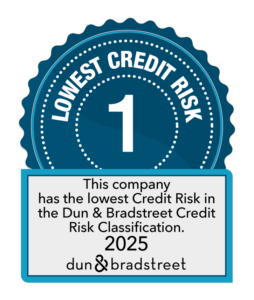Digital business transformation implies new processes and new outcomes, enabled by new ways of using information technologies. It is a series of fundamental changes that may be approached incrementally or as “big bang” projects. In either case more and more enterprise business and IT leaders are impatient for change. They fear not being able to find and take advantage of new opportunities; they worry about falling behind competitors. They seek ever-improving means of trialing new capabilities and either succeeding or “failing fast” with reduced risk to the business.
Meanwhile, digital transformation is still early enough in most firms’ agendas to lack cohesive, coordinating strategy and management. There is absorption of digital business transformation plans, initiatives, and spending into ongoing business organizations and operations. On the plus side, this implies that more and more, “digital business” is more and more becoming just “business.” On the negative side, this suggests that digital plans and initiatives may be being spread more widely, away from centralized, coordinating governance.
On the provider side developing and delivering new technologies for new services that enable new enterprise-side capabilities is very different than providing mature services to knowledgeable clients was just 5 to 10 years ago. Enterprise clients are really still becoming aware of what can be done, and taking early steps toward translating that into longer-term business planning and strategy.
Net Impact
In evolutionary theory, it’s not the strongest species that survive, but those that adapt the best and most rapidly to their environments. In a business IT environment enterprises and providers both need to enable adaptability in order to survive and prosper. Three key actions to do this are as follows:
1. Understand that “change” really means “improvement.” Digital is not about raw change; it is about improvement. And as there are always too many opportunities for improving business and IT, look for the most valuable business improvements feasible.
2. Reduce and manage the uncertainty. Identifying and implementing changes that improve the ability of the firm to do business will significantly reduce uncertainty about what to do, how to do it, and when. This step enables vision and planning based on a path of measurable, incremental improvements that lead to strategic transformation.
3. Adjust your speed accordingly. Improving operational efficiency is like improving fuel efficiency. Your vision down the road is much improved, and you can avoid more traffic problems and accidents, when you do not have to constantly monitor dashboard gauges and lights for problems.
Simplifying the change+uncertainty+speed problem in this way also enables enterprise IT and business leaders to better identify the most valuable IT providers and capabilities.
Providers need to understand these changes because there is great opportunity in helping client enterprises understand and scope possible improvements. Providers also need to understand their own need for speed. Enterprise-side IT business changes are occurring quarterly, or even faster. Awareness of client enterprise business change – and the flexibility to adapt to that change and its accelerating pace – will be key to the ability of IT providers to compete.





